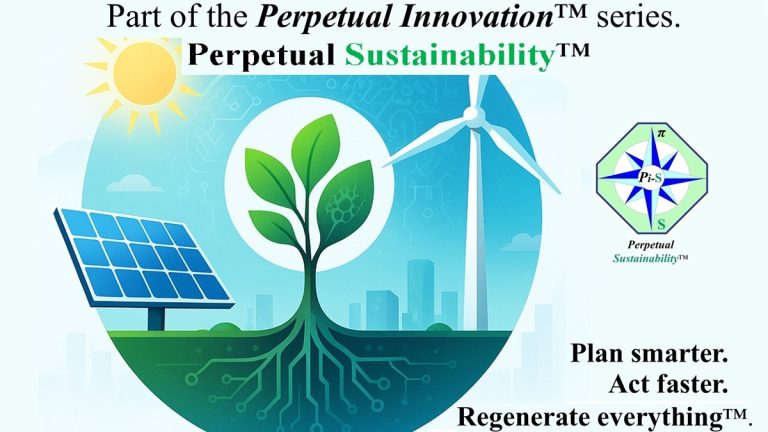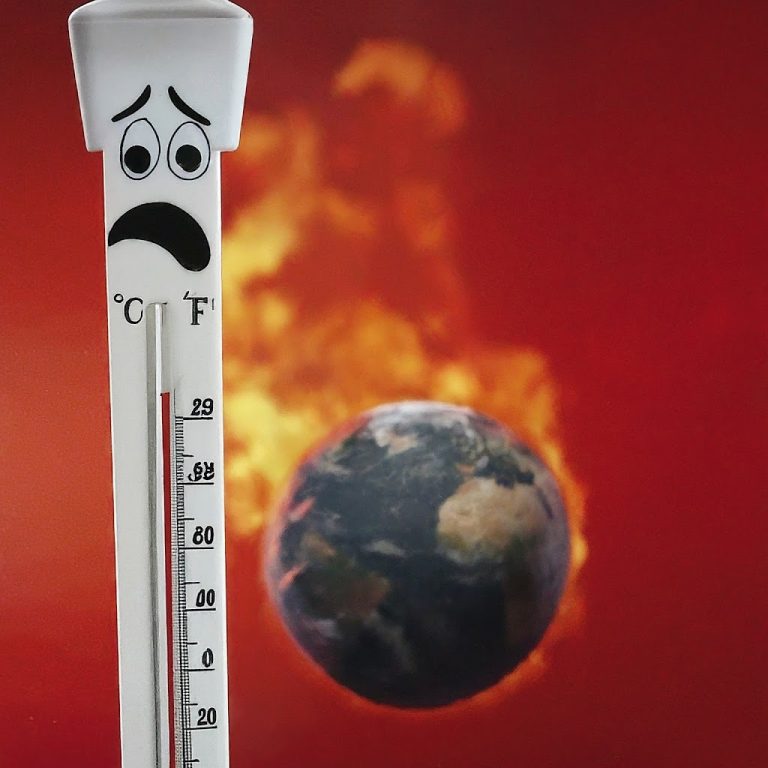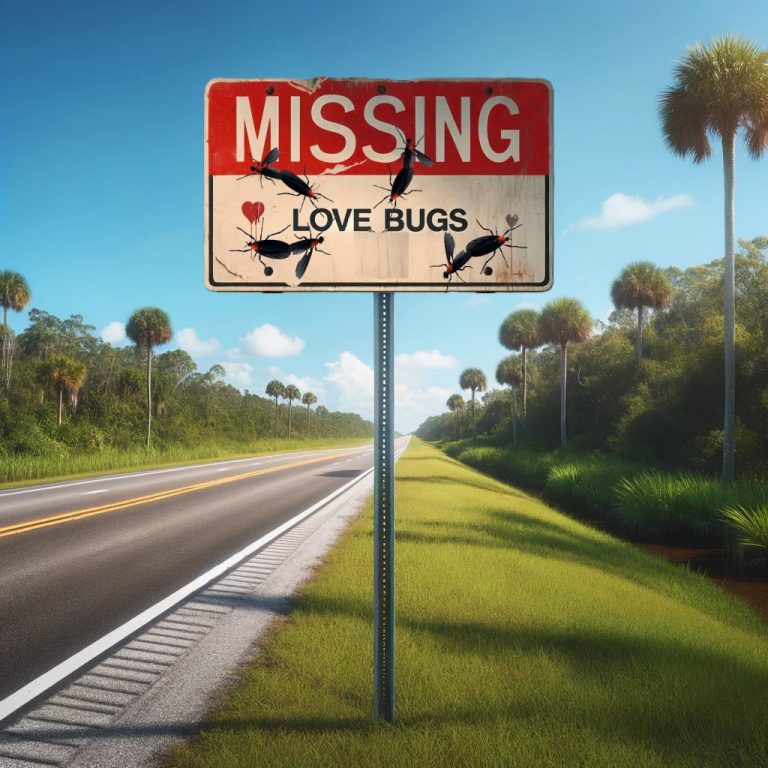World Oceans Day and Coral Triangle Day: Guardians of the Blue Planet in Uncertain Times
🌊 World Oceans Day and Coral Triangle Day Each June, global attention turns toward the ocean—our planet’s shared life source. World Oceans Day (June 8) and Coral Triangle Day (June 9) are more than symbolic moments; they are international calls to protect marine ecosystems that support climate resilience, biodiversity, and human well-being. This year, however, one notable absence underscored growing concerns: U.S. government scientists were restricted from attending the UN’s Ocean Conference and associated World…





